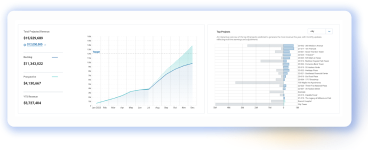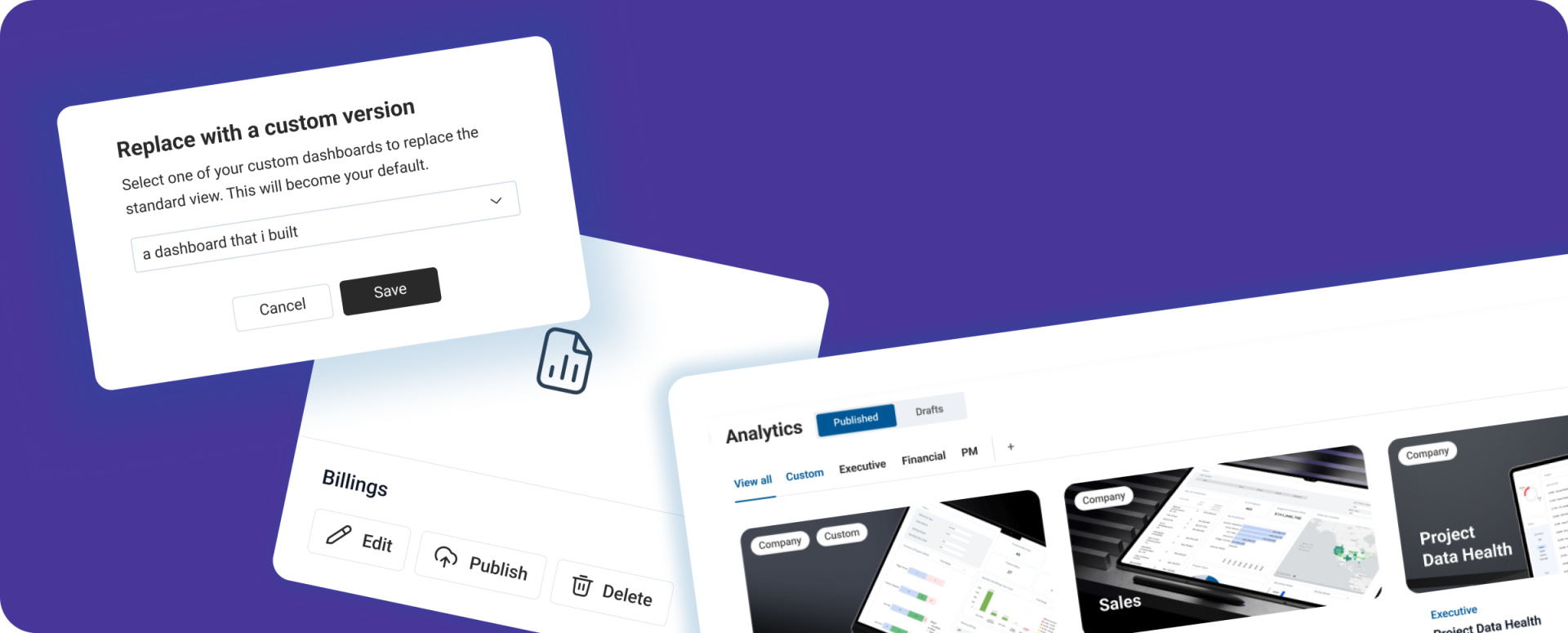“Finance Pros Say You’ll Have to Pry Excel Out of Their Cold, Dead Hands.”
That was the headline of an amusing story in The Wall Street Journal back in 2017. It focused on a rift in the financial sector about whether to replace spreadsheets with cloud-based analytics platforms.
C-suite execs wanted to onboard new tech. CPAs, analysts and other masters of the spreadsheet balked at the notion. “You can have my Excel, after you ripped it from my cold, dead hands,” tweeted one Denver-based accountant.
There’s no need for a tense standoff. Both sides are right in their own way.
Spreadsheets and Enterprise Resource Systems (ERPs) are well-suited to certain tasks, such as retroactive reporting and cost projections.
However, many construction contractors are now bumping into the limits of Excel and/or ERPs.
The arrival of powerful project-management tools like Procore is part of the reason. So is the proliferation of mobile apps designed to ramp up job-site efficiency.
These changes are creating amazing new opportunities to collect and analyze newly available data related to schedules, costs, quality and safety.
However, when contractors want to step back, look at their ERP data and glean new insights into their projects and operations, they often end up spending way too much time extracting that information, manipulating it in spreadsheets and workbooks, and creating separate queries and templates.
The construction data explosion is also leading to a higher rate of errors caused by manual entry.
Moreover, many contractors now describe having too many siloed applications (one contractor had more than 40 systems, none of which could talk to each other), with crew in the field struggling to remember passwords, logins and operating instructions.




